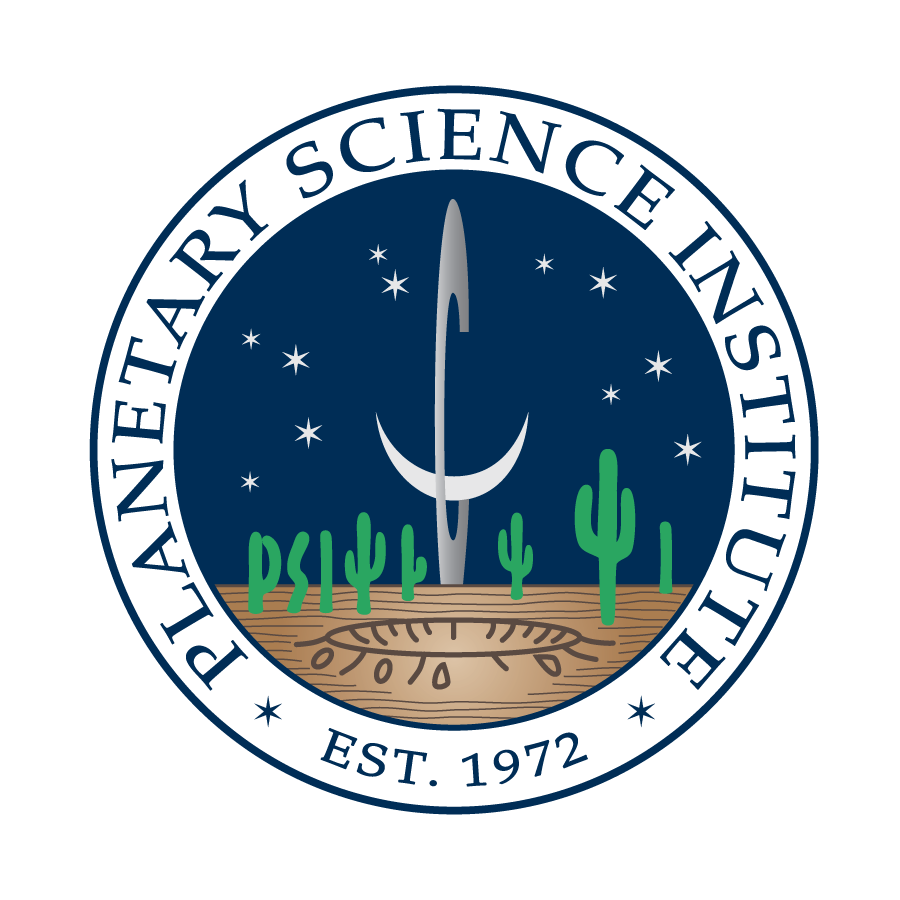Overview
OceanEddies is a visualization tool for long-lived eddy or vortex structures in the ocean, focussing on features detected by satellite altimetric observations of the sea surface height. It is intended for researchers studying the oceanic eddy field.
Currently the site can show eddies detected by satellite altimetry (SSH eddies), eddies detected by surface drifters (drifter eddies), Argo floats, the instantaneous sea surface height anomaly field (SSH), and the bathymetry.
The site has a number of features to help you explore the eddy dataset. These will be discussed starting at the top of the screen and working downwards.
Time Bar
Just under the title you will find the time bar. The first date in the dataset is on the left, and the last date is on the right. The current date marker, consisting of the red bar along with the date in the red box, marks the time that is currently displayed in the map.
The date can be changed in three way. First, you can drag the current date marker. Second, if you click on the current date marker, you can use the left and right arrows on your keyboard to step one day backward or forward in time. Third, you can set the date directly in the legend, as discussed below.
The Map
The heart of OceanEddies is a map displaying the continents along with the state of the eddying ocean on a particular day. The map can be moved by dragging it, or by clicking on it and using the arrow keys on your keyboard. You can zoom into or out of the map by using the +/- navigation buttons at the left of the map, or by pinch zooming on a track pad. Finally, the map size can be changed by grabbing the horizontal bar at the bottom edge of the map and sliding it up or down.
At the right of the map is the legend, which shows how many sea surface height eddies, drifter eddies, and Argo floats are present anywhere on earth on the indicated date.
The Data Table
At the bottom of the page, a table of data is displayed. There are currently three choices of table, each of which can be brought to the foreground by clicking on the corresponding tab: SSH Eddies, Drifter Eddies, and Argo Floats. In addition, the toggle button in each tab indicates whether data of this type is displayed in the map. The tables can be sorted by clicking on the arrow to the right of the name of each column.
The table gives another way to filter the displayed data. Typing a value into the text boxes will filter the data of that type according to the indicated criterion. For example, typing “50” in the “Age (days)” field will cause both the table and the map to display only those eddy features having a current age of larger than 50 days.
Detail View
Clicking on the ID of an eddy or an Argo float brings us to a detail page where that event is highlighted. At the bottom of this page are links for downloading the data. Since this functionality is still under development, more information will be added at a later time.





